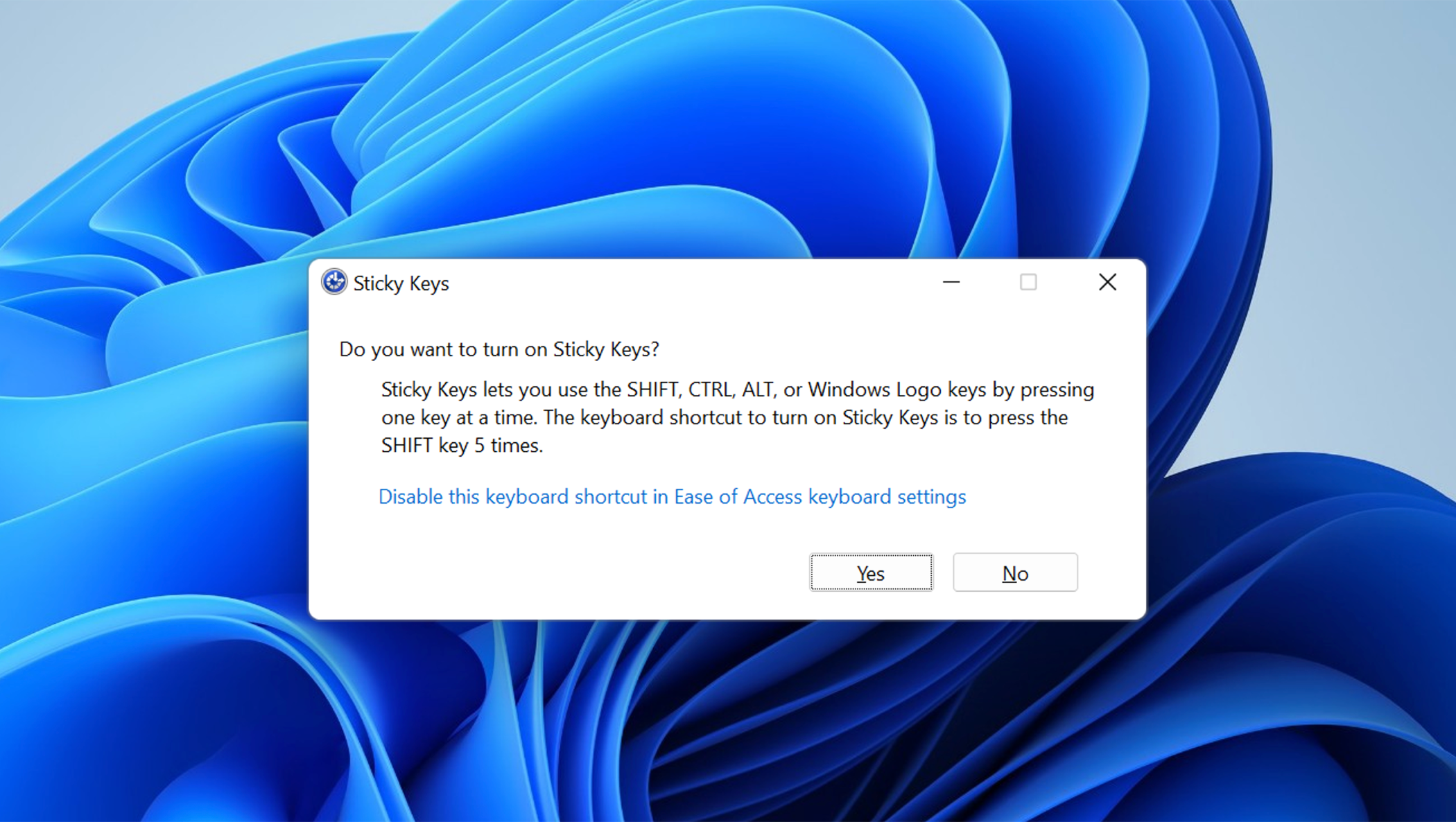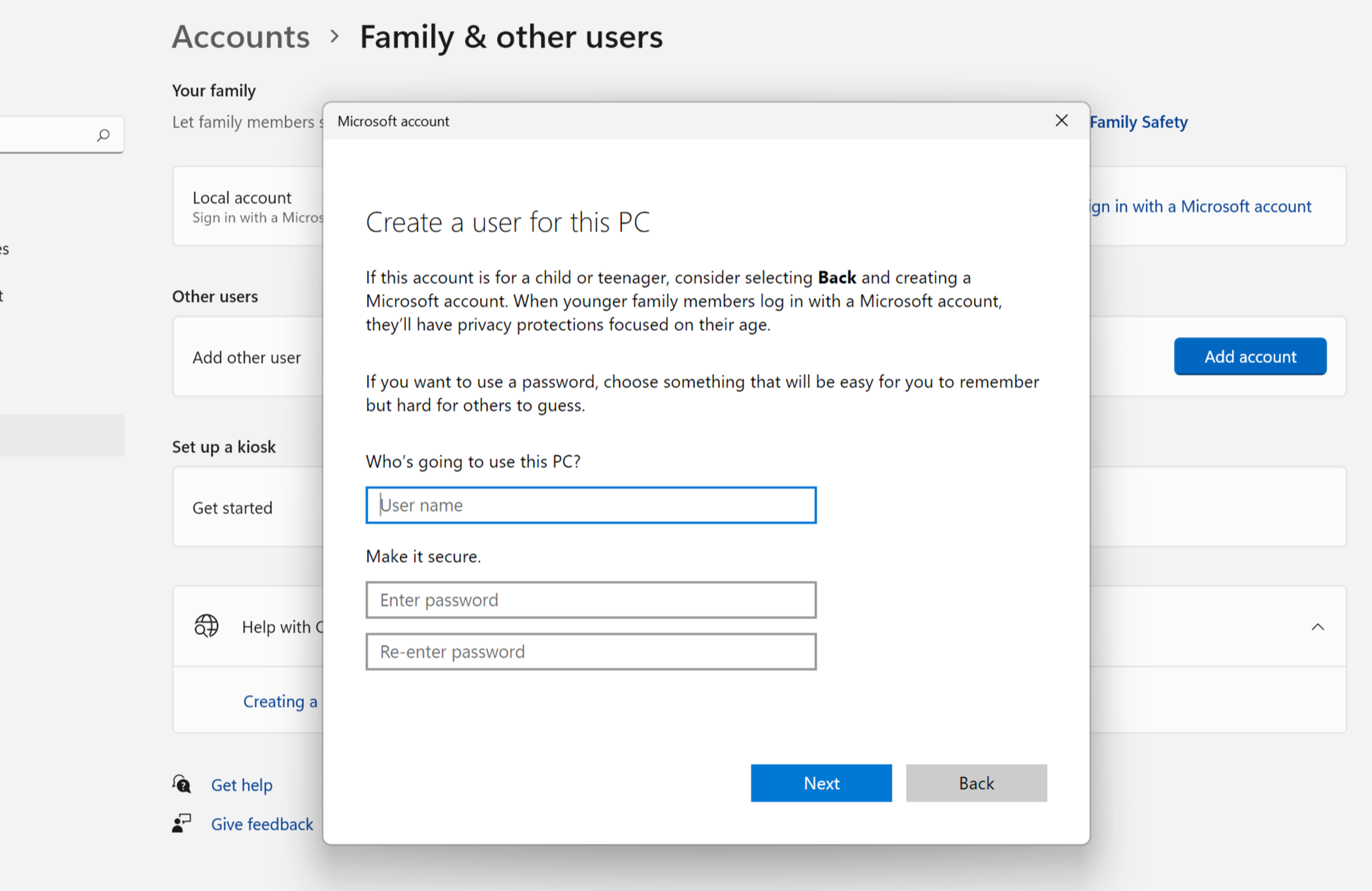Key Takeaways
- If your Windows key isn’t working, click the Start button to see if the Start menu is also malfunctioning. This could indicate a software issue.
- Restarting your computer can often resolve temporary software issues, including problems with the Windows key.
- Disable features like Sticky Keys and Filter Keys, as they can interfere with the functionality of the Windows key. Additionally, check for low battery power if you’re using a wireless keyboard.
The Windows key isn’t only good for triggering the Start menu; it’s a vital shortcut key for quickly accessing various operating system features. Here are a few ideas you can try if your Windows key isn’t working as it should be.
The Windows key’s most basic function is to open the Start menu. If this isn’t working, the fault may lie with the Start menu rather than the keyboard. If a core process has stopped working, the Start menu might stop working too.
You can test this theory by clicking on the Start button and seeing if the Start menu opens. If it doesn’t, you’ll know that the problem is likely a software one in nature. Another telltale sign is that your Windows key shortcuts (like Windows+L to lock your PC) work fine, while the Start menu does not.
Restart Your Computer
If the problem is being caused by a temporary software issue, restarting should fix it. This includes the aforementioned problem where the Start menu refuses to open even when clicked. When your PC starts up again Windows will launch all its core processes from fresh, and any third-party software (like keyboard drivers and utilities) should function as normal again.
Click Start then hit the Power button followed by Restart. Once you’re back on the Windows desktop, test your Windows key. We’re showing Windows 11 here, but you can also follow our guide to restarting Windows 10.
Disable Sticky Keys and Filter Keys
Sticky Keys is an accessibility feature that uses a modifier key (such as the Windows key) to facilitate the pressing of two buttons at once. Instead of needing to press two or more buttons at the same time, Sticky Keys allows you to press the modifier and then press the corresponding shortcut triggers.
Not everyone appreciates the utility of Sticky Keys, and the feature is a little too easy to trigger by mistake. You can disable Sticky Keys in Windows by pressing the Shift key five times in a row. You can also disable Sticky Keys under the Quick Settings menu, accessible by clicking on the Wi-Fi or battery icon in your system tray. You can fully disable the keyboard shortcut under Settings > Accessibility > Keyboard > Sticky keys so that you don’t accidentally trigger it in the future.
Filter Keys is another accessibility feature that may also interfere with the Windows key. The feature has three modes: SlowKeys (ignores fast key presses), RepeatKeys (adjusts the repeat rate), and BounceKeys (ignores unintended keystrokes).
You can toggle Filter Keys on or off by holding the Right Shift key for eight seconds. If you’d rather disable the feature completely, head to Settings > Accessibility > Keyboard > Filter keys and disable the keyboard shortcut entirely.
Charge or Replace Your Bluetooth Keyboard’s Batteries
If you use a wireless keyboard, low power can cause all sorts of problems, including key presses not registering. It’s worth noting that you’d probably be seeing issues with other keypresses too, but charging or changing any replaceable batteries might be worth a shot just to rule it out.
Check for Hardware Issues With Your Keyboard
Though the Windows key probably doesn’t get used enough to “wear out” like your vowels and spacebar, you should also seek to rule out faulty keys and other hardware problems. The easiest way to do this is to plug your keyboard into another computer and try pressing the Windows key. You could also connect another keyboard to the problem PC.
Mechanical keyboard users can replace the switch on the keyboard that is causing the issue. If you have a standard membrane keyboard, it’s time to replace the whole peripheral.
On a laptop you can launch the “On-Screen Keyboard” app in Windows and then click on the Windows key. (You’ll need to click it twice since the first click triggers a modifier key).
Some keyboards have a Windows key locking feature that allows you to disable the Windows key. This is handy for gamers who don’t want to accidentally trigger the Start menu while playing. This may be a key combination, or it may be a setting in any third-party keyboard management apps. Take a peek at relevant keyboard documentation to see if your keyboard includes this functionality.
Disable Windows Game Mode
Game Mode is designed to optimize gameplay by making changes to the way Windows handles background processes, driver updates, and more. It can also interfere with the Windows key, so consider disabling Game Mode under Settings > Gaming > Game Mode to see if it solves your issue.
If gaming is a primary use case for your PC, you should probably leave Game Mode enabled (or at least remember to turn it back on). While you’re at it check your Auto HDR, GPU priority, and power management settings too.
Create a New User Account
Creating a new user account won’t necessarily fix your problem, but it could allow you to sidestep it. You can then use this information to narrow down the cause of your issue. If the new user account has no issues, you can be confident that the problem has something to do with your account settings (or an application that you have running).
You can create a new account under Settings > Accounts > Family & other users, and you don’t need to link the user to a Microsoft Account if you don’t want to. You can then log in to the new account and test your Windows key to see if the problem has been resolved.
If the Windows key works, you know that the issue is limited to your user account. The easiest fix is to move all of your files over from the old account and then rename the account, link your Microsoft Account, and be done with it. Alternatively, you could continue prodding and poking to see if you can isolate the problem in your settings.
Consider Replacing Your Keyboard
If the problem is related to your keyboard, it might be a good time to find a replacement. A new keyboard doesn’t have to cost the earth, you can even find cheap mechanical keyboards that offer meaningful upgrades over their membrane counterparts. You can also peruse our favorite mechanical keyboards, top-rated non-mechanical keyboards, and the best ergonomic keyboards to save your wrists.












